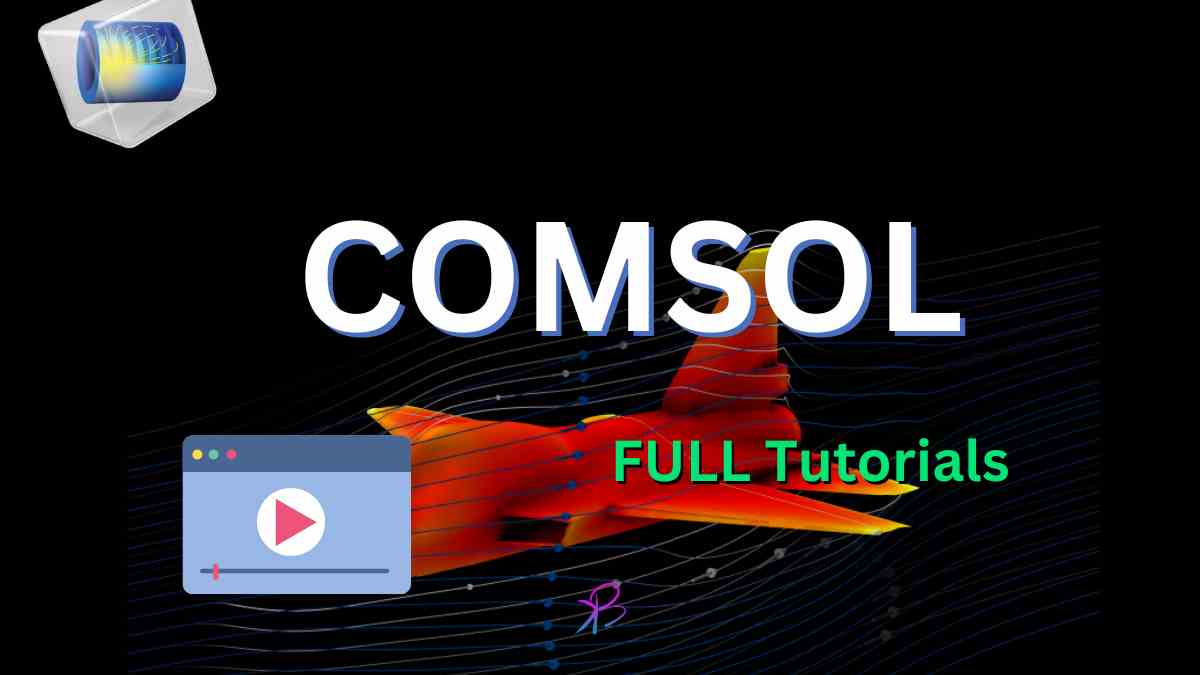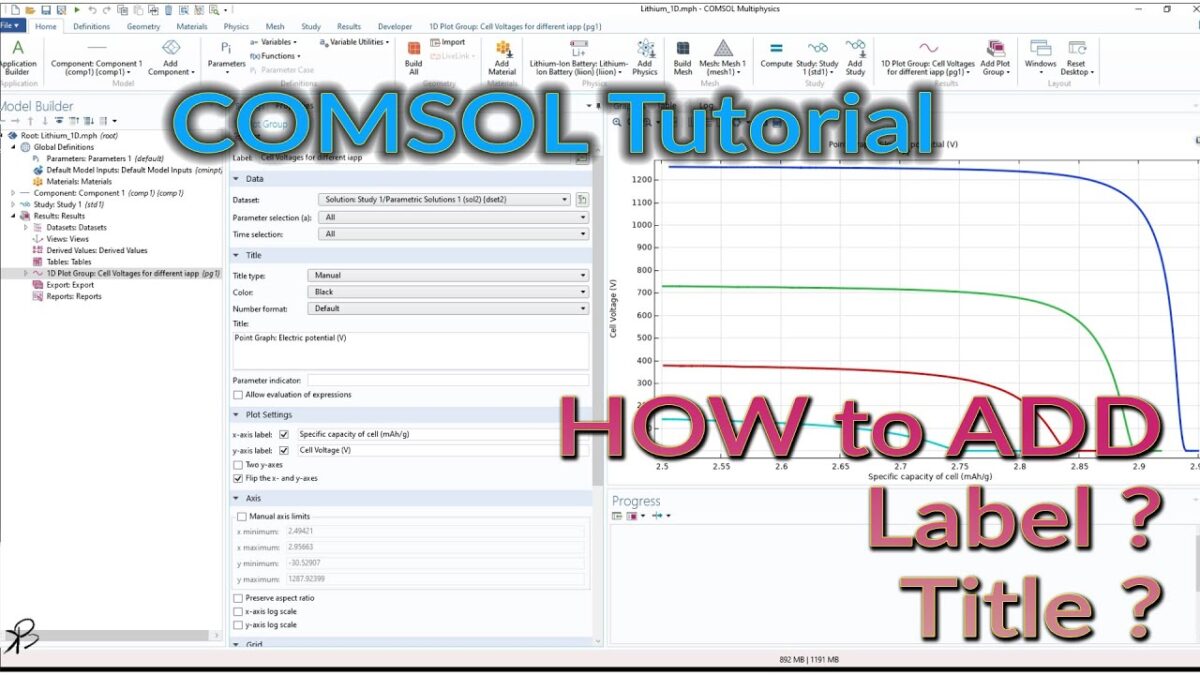Geometry tips in COMSOL : Creating complex geometries in COMSOL Multiphysics can be a challenging yet rewarding task. Whether you’re designing intricate microfluidic devices or simulating large-scale structural components, mastering the art of geometry creation is essential for accurate and efficient simulations. In this blog post, we’ll delve into advanced tips and tricks for building […]










